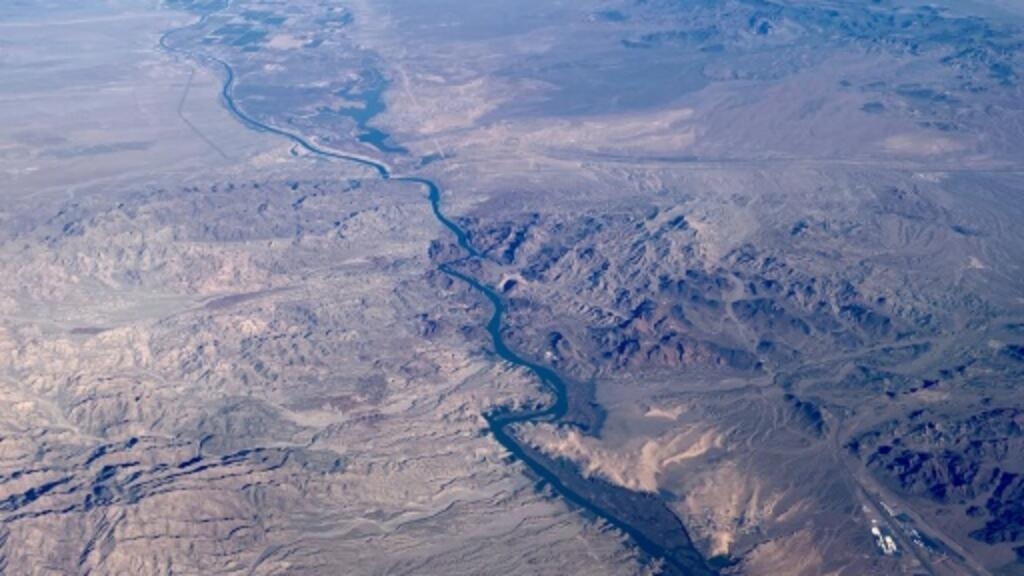First modification:
The effects of global warming are appreciating more sooner than expected. This can be inferred from this severe dry season hitting the western United States. The Colorado River, the main water source for the State of California, has been presenting very low levels, which has motivated the authorities to restrict its use. A measure that, according to specialist Samuel Sandoval of the University of California, could intensify over the years.
The western United States is facing a severe drought that has been described as historic by various hydrology researchers. The few rainy sessions in the last two decades have resulted in a drastic decrease in the Colorado River flow, putting serious water supply problems in various states of that country and Mexico. For Samuel Sandoval, a specialist in water resources at the University of California, the natural cycle of drought has accelerated as a result of climate change. Something they did not expect would happen so soon.
“This type of drought has come a long way ahead of forecasts, which were for 2040 or 2045. The loss of snow cover in both the Rocky Mountains and the Sierra Nevada has greatly reduced the availability of water,” explains Samuel. Sandoval.
“The temperature increases, less snow falls and it melts faster and evaporates. We had not considered this. Now we are seeing the effects of the drought come earlier than expected and with greater force”, she stresses.
To avoid a “catastrophic collapse” of the Colorado River system, the government has decided to cut water quotas in various states. A measure that, according to Sandoval, should be stricter over the years, if you want to avoid the disappearance of this water source.
“The natural availability of the Colorado is well below the uses. More water is being used than is available, which is why there are already users who need to cut back. For example, the states of Arizona, Nevada and Baja California, in Mexico, are expected to see a cut in their water allocation next year. If the main problem, which is an excess demand for water, is not addressed, these cuts will continue to occur, because whoever manages the water there has realized that the system has been oversized and there is no water to supply all uses. what is given to him”.
The specialist adds that this water cut is a measure that alone will not be able to avoid a catastrophic scenario, but it is necessary that complementary measures be put in place to lessen the effects of climate change.







![[Img #74683]](https://thelatestnews.world/wp-content/uploads/2024/12/The-main-mistakes-to-avoid-when-betting-on-electronic-sports-150x150.jpg)








Add Comment